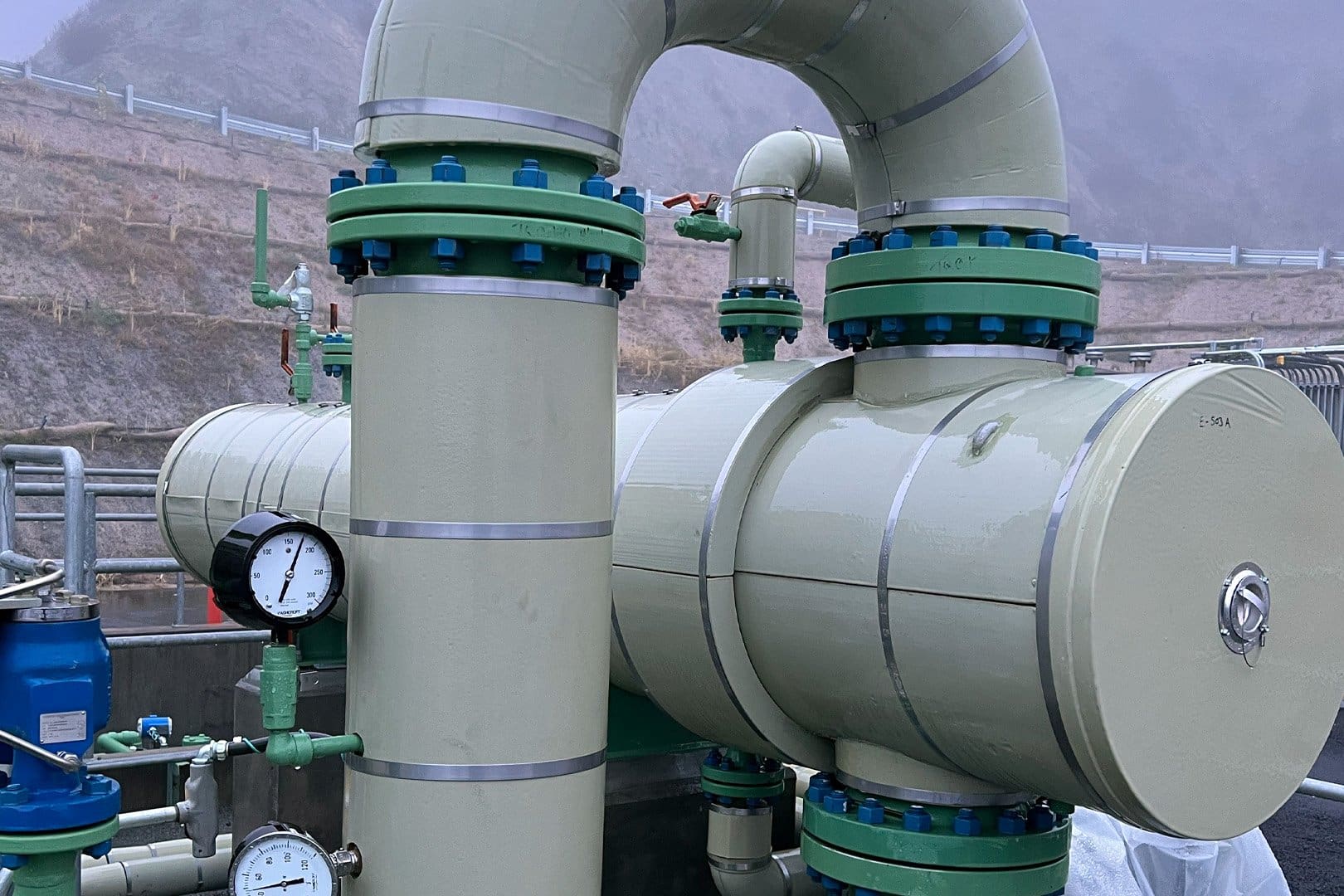Insulation Pipe Covers and Workplace Safety
There are many hazards associated with working in industrial settings. The most obvious workplace dangers include working at height, operating machinery and being around heavy equipment. A less obvious, but still hazardous danger, is uncovered pipes. Because pipeline and tank systems are an essential part of operations for industries ranging from food and chemical production to oil and gas sourcing and transmission, burns, slips, and toxic spills from damaged and exposed pipelines are a concern for thousands of workers worldwide. Luckily, insulation pipe covers provide the hazard protection these industries need to protect workers from exposure, accidents, and injury.
The trick is finding the right product for the job.
Common Hazards Related to Pipeline Exposure — and How Insulation Helps Prevent Them

What injuries can occur from contact with uninsulated pipes?
Extremely hot or cold pipes can cause serious injuries like burns or frostbite when touched. Insulation creates a protective barrier that reduces the risk of skin contact with dangerous surfaces.

How can pipe insulation prevent slips, trips, and falls?
Exposed pipeline can have a layer of condensation that is slippery underfoot. Improperly insulated pipes, where loose insulation is sagging and creating an obstruction can create a tripping hazard. Further the buildup of condensation on exposed pipes can drip onto the floor and create a slip hazard in the area surrounding the pipeline.

How does insulation reduce noise-related hazards?
The Center for Disease Control reports that approximately 46% of all manufacturing industry workers are exposed to hazardous noise, 18% of workers suffer from hearing difficulty and 11% have tinnitus. Hearing loss can significantly impact an individual’s quality of life, leading to communication issues, depression, and cognitive decline. OSHA requires hearing protection for workers exposed to 85 decibels or higher, but one easy way to lower the amount of noise exposure in manufacturing and industrial settings is through pipeline insulation. Covering pipes with insulation can reduce vibration and provide a soundproofing barrier that can help mitigate noise pollution and improve auditory safety.

Can insulation help prevent chemical exposure from pipelines?
Yes. If corrosion under insulation (CUI) damages a pipe, it may leak hazardous chemicals or gases. Durable, water-resistant insulation helps prevent CUI, reducing the likelihood of exposure to harmful substances.
Dragon Jacket Insulation is a Pipe Cover that Can Reduce the Risk of Workplace Hazards and Injury
A quality pipe cover, like Dragon Jacket, can reduce the surface temperature of the pipeline, protecting workers from hot and cold burns. It can also reduce condensation build up, mitigating slip hazards around the pipeline. Meanwhile, pipes that are protected by Dragon Jacket Insulation are protected from insulation-caused CUI. A lower risk of CUI means a lower risk of corroded pipeline breaking and exposing workers to dangerous chemicals and gasses.

Insulation Pipe Covers Protect Pipes from Wear and Tear and Protect Workers from Unnecessary Risk
But You Need the Right Kind…
Protecting pipelines from wear and tear not only helps maintain the integrity of the piping system, it also protects workers from unnecessary risk – but you have to use the right kind or you may be creating more problems than you solve. Insulation types like rockwool or fiberglass help with thermal resistance, but also increase the likelihood of CUI. Because of this, pipes covered in this type of insulation need to be inspected regularly.
The inspection process for fiberglass and rockwool insulation requires removing the insulation, checking the pipeline for damage and repairing and replacing damaged sections. This process is time consuming and expensive, but more than that, it puts workers at risk of temperature burns, chemical and gas exposure, and, if the pipeline is at height, exposure to injuries from falls. Moreover, these insulation solutions are floppy, awkward and require an added layer of cladding to keep them in place. This means installation is complex, involves multiple steps, and the process typically requires more than one person.
With fiberglass, there is also the added hazard of the product itself – workers need to wear goggles and full body protection to avoid contact with skin. Finally, because these types of insulation are so delicate, it is difficult to remove them without damaging them, which means they usually end up needing at least partial replacement, increasing the handling time as workers now need to install new insulation and remove the old to the trash.

With the Right Insulation, You Get Protection for Your Pipeline…And Your People!
Dragon Jacket insulation, in comparison, virtually eliminates the possibility of insulation-caused CUI. This means there is far less risk of hazardous pipeline damage. And when inspections are necessary, Dragon Jacket’s one-and-done design makes removal fast and easy, reducing any necessary time at height and reducing the number of people required to be exposed to height risk.
Finally, because Dragon Jacket insulation is engineered to be highly durable and long lasting, the insulation can easily be reinstalled in minutes with just a few zip ties. Dragon Jacket is a product that is made to minimize the workplace risks associated with insulation, while also providing some of the best R-value and long-term thermal stability found on the market today.





